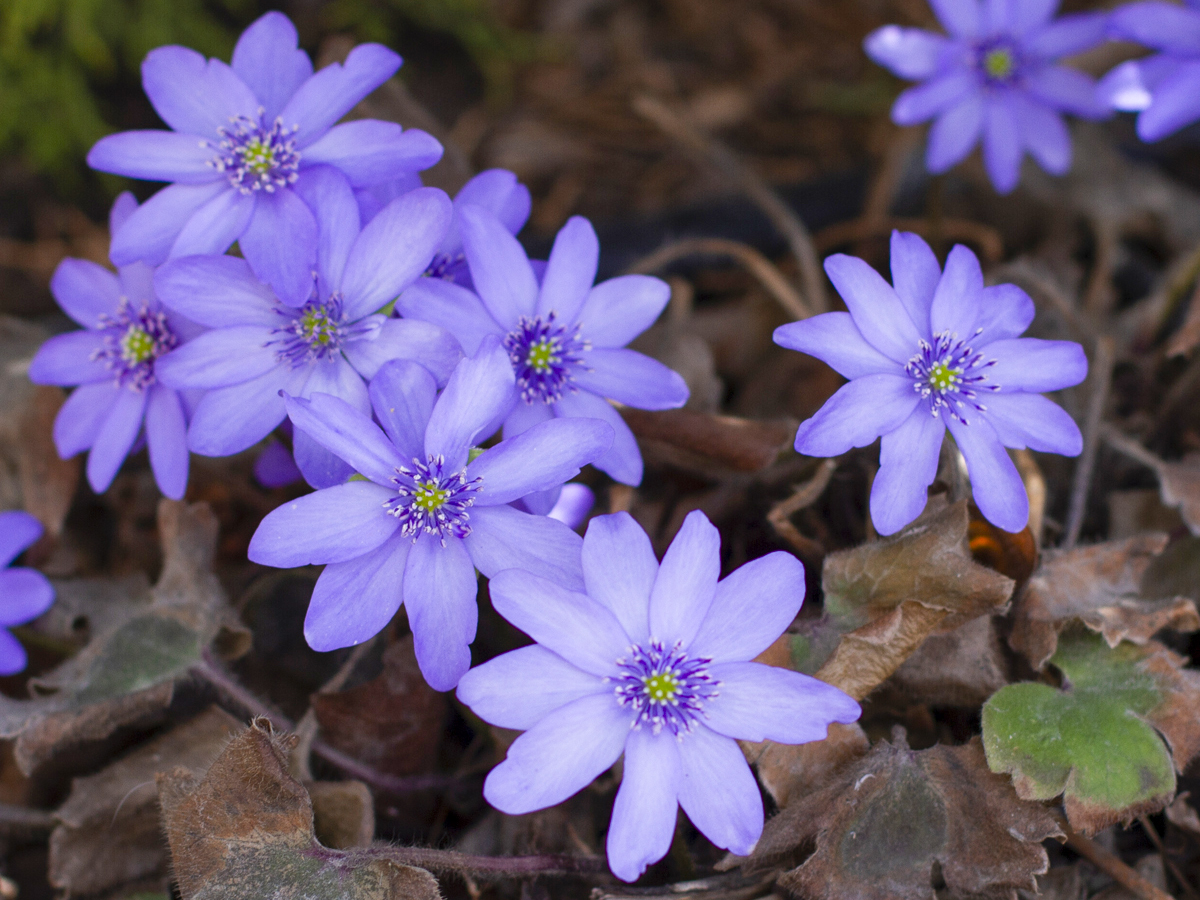Raising spring peonies in Calgary

Photo by Deborah Maier
The challenge of gardening in Calgary is often a conversation starter between gardeners. The season is short. Chinooks remove the protective snow cover. The air is dry. The volume of water that falls during a July deluge is phenomenal, but it comes down so fast that it doesn’t have time to soak into the ground.
Then there are the hailstorms.
Each month can send its own curveball. Regardless, peonies (Paeonia lactiflora) seem to take whatever the Calgary environment pitches, and perform spectacularly, year after year.
Cultivars of Paeonia lactiflora are the most common garden variety in Calgary. It is hardy to a cold hardiness zone 3. It doesn’t require a special microclimate to thrive, which is why it can be found throughout the city. It can take full sun to part shade. If you ensure that it receives adequate moisture in the spring it will perform.
The plant stalks are upright, but the heavy blooms can require support, especially if they get wet. In fact, the plant ring support, either a simple ring, gridded ring, or swirl, are often called peony rings and can be readily found where gardening supplies are sold. Speciality suppliers carry more decorative supports. When using a support, early in the spring as the crowns start to grow, place it over the peony and push the legs deep into the soil. The plant will grow through the opening of the grid or ring. As the plant grows, lift the ring. Ideally, the support is hidden by the leafy growth.
Herbaceous peonies are classified into six forms based on the flower characteristics. The forms are Single, Japanese, Anemone, Bomb, Semi-double, and Full Double. Singles have five to 15 flat petals forming a saucer shape around the stamen cluster. As the forms progress from Japanese, Anemone, to Bomb, the stamens become more petal-like and more closely match the look of the guard petal. The bomb looks like a ball of petals. In the Semi-double form, the stamens are obvious again, but some outers stamens look like petals, and the petals are multiplied and curve inward to give the flower a full look.
In the Full Double form, the stamens and carpels are transformed into petals. Pollen bearing stamens may occur, but they are scarce and are hidden in the flush of petals.
It is a herbaceous plant, which means that it dies back each fall and sprouts up new stems from the crown each spring. Dying back and becoming dormant is a plant adaptation for surviving inhospitable periods. Like many hardy perennials, peonies use this adaptation to make it through a Calgary winter.
Both Reader Rock Garden and the gardens of Lougheed House have species peonies that have been growing in those gardens since they were created. These peonies have much smaller blooms than the p. lactiflora.
If you want to see spectacular displays of peonies, visit the Botanical Gardens of Silver Springs.
Start visiting about mid-June. At that time, the fern leaf peonies (Paeonia tenuifolia) start blooming in the Post Garden. Just east of there is the Peony Garden. I visited on July 1 last year and the Peony Garden was incredible. Some plants had finished blooming while others were still in bud. The smell was wonderful and the colours and shapes of the blossoms phenomenal. The garden was just a buzz. Bees were swirling in the simple blooms gathering pollen.
For anyone who finds downtown more accessible than the Botanical Gardens of Silver Springs, stop by Central Memorial Park. Peonies can be found throughout the park and there is a beautiful border of peonies around the main fountain.
Peonies are a beautiful long-lived perennial. Take some time this month to look for them in a garden near you.
For more information about gardening in the Calgary area, visit our website calhort.org.
